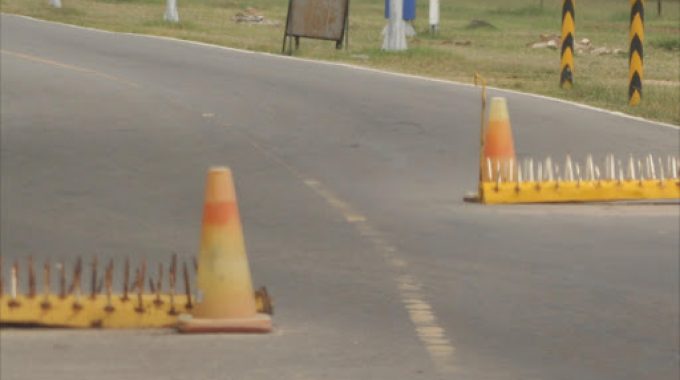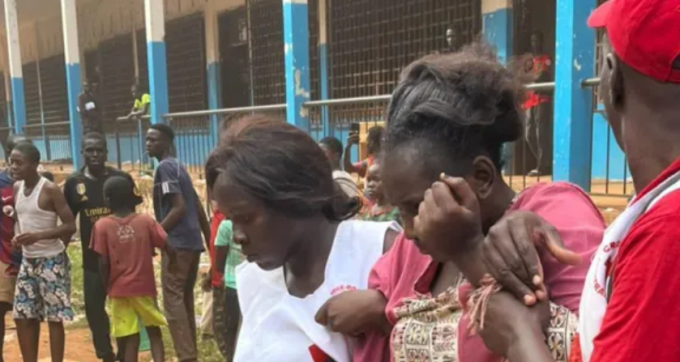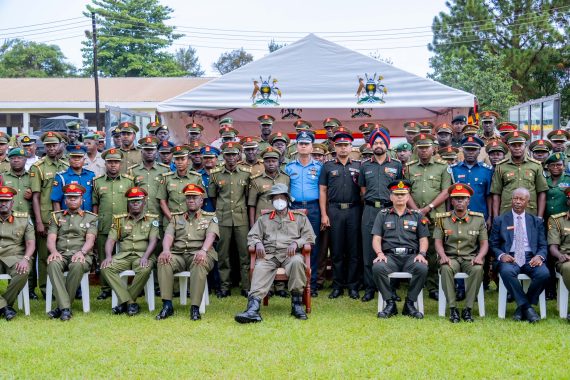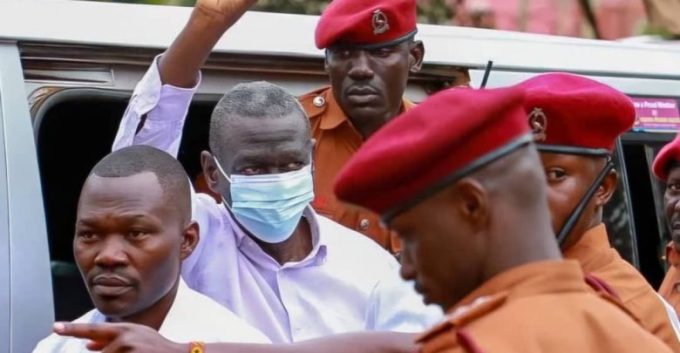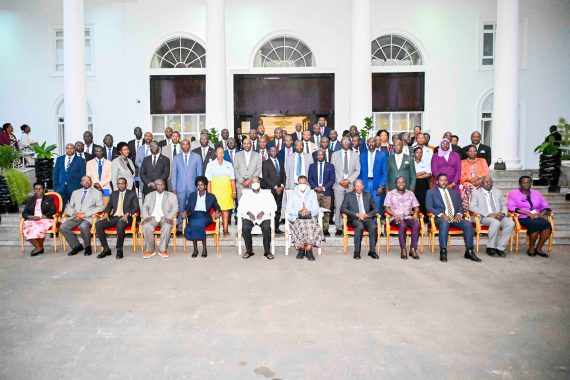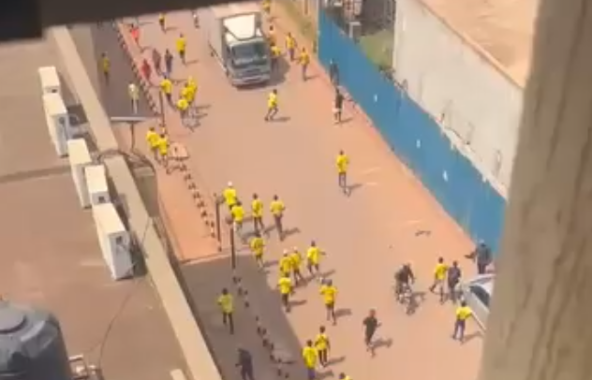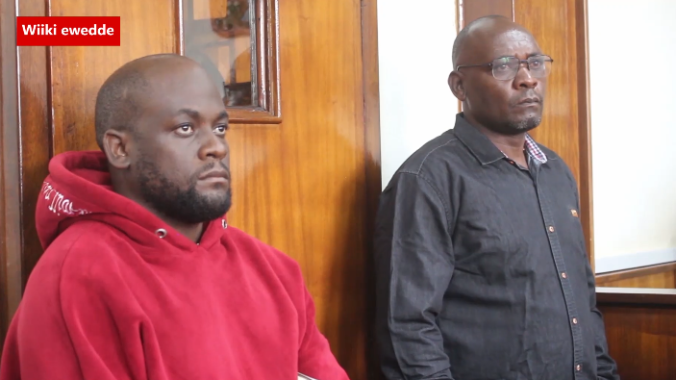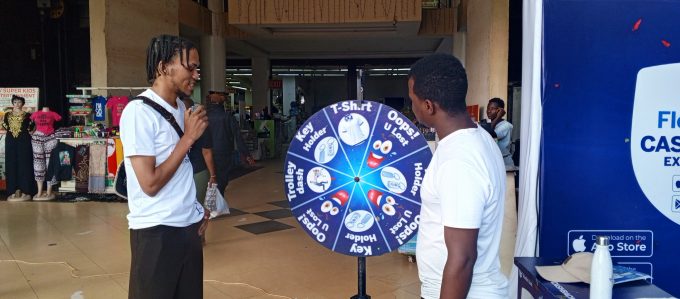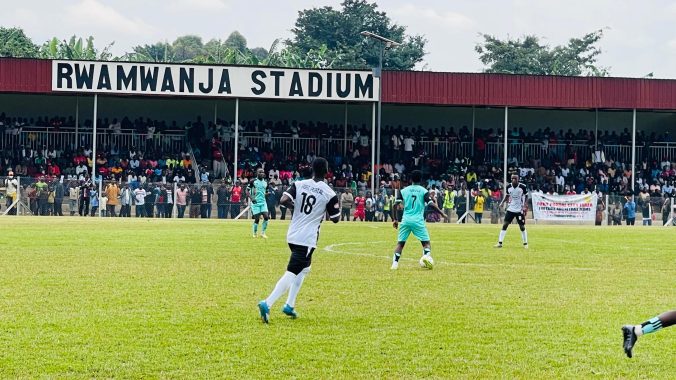The traffic police director has instructed District and division police commanders to deploy optimally at checkpoints to avoid overcrowding.
Bazir Mugisha, the Traffic police director, says checkpoints there is need to be balanced in terms of the distribution of manpower like traffic officers, FFU, and ordinary police officers among others.
Mugisha says it makes no sense to congregate over six police officers at one checkpoint and leave other hotspots bare.
Mugisha said DPCs need to work wisely to ensure that they have enough manpower to work in shifts till the night hours.
Several roadblocks have been mounted on Kampala roads and in other parts of the country to enforce President Yoweri Museveni’s guidelines on COVID-19.
He notes that standard police checkpoints must have two tyre cutters placed on both sides of the road however furniture like tables and benches have been used to stage roadblocks in this covid19 period because tyre cutters are very few.
He made the observation that motorists and drivers become adamant when they are stopped by other units of police who are not in the traffic uniform.
Mugisha notes that the traffic and road safety act gives any police officer in uniform has the mandate to stop anyone and perform their duty on the road.
He, therefore, advised the public to cooperate with these officers to make work easy for all.
Speaking at the same meeting, Patrick Onyango, the Kampala police spokesperson also says a checkpoint must also be mounted where it can be visible to a driver at least 100 meters ahead.
Onyango adds that a standard police checkpoint must be commanded by an officer at least at the rank of Assistant Inspector of Police –AIP .
He however says in this COVID-19 crisis many roadblocks have been mounted making it necessary for most, even non-commissioned officers like a Sergent or Corporal to command.
Onyango explains that checkpoints are erected on roads for various reasons that include intercepting suspected robbers or vehicles wanted for committing criminal offenses.


